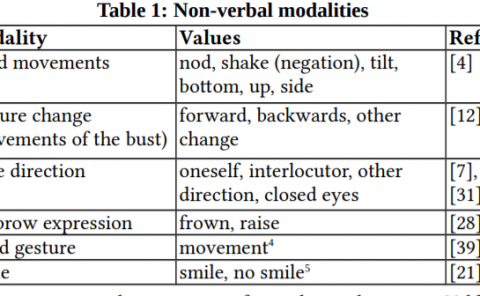Understanding Virtual Reality: Presence, Embodiment, and Professional Practice
PubDate: March 2018
Teams: University of Minnesota
Writers: Jason Tham; Ann Hill Duin; Laura Gee; Nathan Ernst; Bilal Abdelqader; Megan McGrath
PDF: Understanding Virtual Reality: Presence, Embodiment, and Professional Practice

Abstract
Introduction: Virtual reality (VR) has gained popularity across industries for its ability to engage users on a level unprecedented by print or 2-D media; however, few guidelines exist for the use of VR technologies in technical and professional communication (TPC) curricula. To address this need, this experience report details the study of a recognizable and adopted set of VR devices to promote understanding of the ways in which emerging VR technologies provide new approaches to pedagogy. Literature review: Drawing from literature in computer science, communication studies, and anthropology, as well as embodiment and phenomenology, the authors provide a historical account of VR development. About the study: Using three concurrent case studies and qualitative interviews, the authors share their deployment of three low-end to high-end VR devices: Google Cardboard, Google Daydream View, and HTC Vive. Using a modified heuristic, the authors assess the functions, features, and uses of the devices; showcase current or potential deployments; and for triangulation, provide a user study of two devices. Results/discussion: VR immersion can provide students with a deeper understanding of course content; immersion in future workplaces can give students an initial vision of their project and profession; concepts can be seen from new vantage points; and user themes include felt experience, sense and sensibility, agency and autonomy, and constant identities. Together, these themes provide an entry into discussions of designing VR content for technical and professional communication. Conclusion: The authors discuss limitations to VR integration and provide resources so practitioners might implement VR in engaging and relevant ways.


